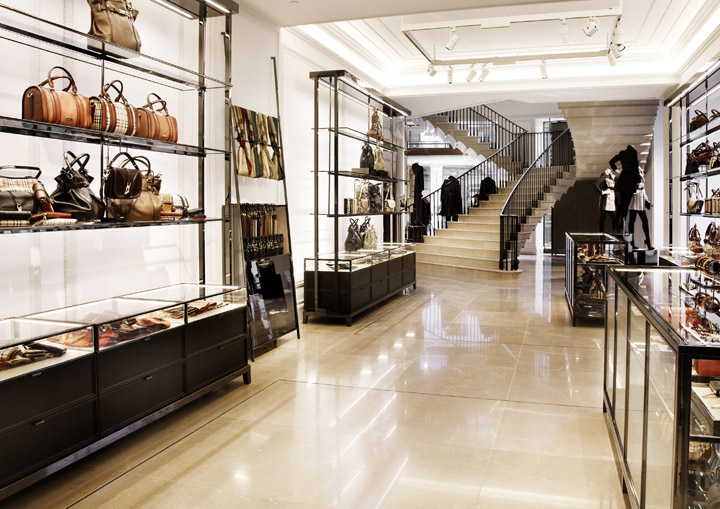

In 2006, Rose Marie Bravo, who as chief executive had led Burberry to mass market success through licensing, retired. In 2005, Sanyo-shokai was the Burberry ready-to-wear licence holder in Japan, with retail value of €435 million. GUS divested its remaining interest in Burberry in December 2005. īurberry Group plc was initially floated on the London Stock Exchange in July 2002. The association with football hooliganism led to the wearing of Burberry check garments being banned at some venues. This change in the brand reputation was attributed to lower priced products, the proliferation of counterfeit goods adopting Burberry's trademark check pattern, and adoption by celebrities prominently identified with "chav" culture. The "Equestrian Knight" logo (1999–2018)īetween 20, Burberry became associated with " chav" and football hooligan culture. Bailey stepped down as chief creative officer in March 2018 and had departed the brand completely by the end of 2018. Bailey was the chief creative officer from 2014, as well as chief executive (CEO) from 2014 until November 2017. In May 2001, Christopher Bailey joined Burberry as creative director. Barnett led the company up to its successful IPO in 2001. In 1997, GUS director Victor Barnett became chairman of Burberry, hiring Rose Marie Bravo to execute a corporate reorganization and restoration of the brand as a luxury fashion house. The company had signed Lord Lichfield as photographer, Lord (Leonard) Wolfson was Chairman and Stanley Peacock OBE Managing Director.
#Burberry outlet london full#
These products, designed under the strict control of headquarters in London, were produced and distributed through independent retail stores worldwide as well as through the Burberry stores, and contributed to the growth of the brand in sales and profits through to the late 90s, although the full extent of sales was not apparent in the parent company accounts since much was done through licensed agreements. Influences and rise to prominence ĭuring the 1970s and 1980s, Burberry signed agreements with worldwide manufacturers to produce goods complementary to the existing British collection, such as suits, trousers, shirts, sportswear and accessories, for men, women, and children. Burberry was an independent family-controlled company until 1955, when Great Universal Stores (GUS) assumed ownership. Clouston and Betty Kirby-Green broke the world record for the fastest return flight from London to Cape Town in The Burberry airplane that was sponsored by the brand. She wore a reversible coat with waterproof gabardine outside for flying and with a tweed inner side which could be turned outside to create a smart look for disembarking under the glare of the publicity her exploites attracted. They outfitted Mrs Victor Bruce for her 1930 round the world flight and her one woman flight to Japan. Burberry also specially designed aviation garments. The celebrity motorcycling sisters Betty and Nancy Debenham wore their trench coats for travelling and racing in the 1920s and recommeded the garment in their 1928 book Motor-Cycling for Women. The Burberry check has been in use since at least the 1920s, primarily as a lining in its trench coats. After the war, it became popular with civilians. Īdapted to meet the needs of military personnel, the " trench coat" was born during the First World War it was worn by British officers in the trenches. A Burberry gabardine jacket was worn by George Mallory on his attempt on Mount Everest in 1924. In 1911, the company became the outfitters for Roald Amundsen, the first man to reach the South Pole, and Ernest Shackleton, who led a 1914 expedition to cross Antarctica. In 1901, the Burberry Equestrian Knight logo was developed containing the Latin word "Prorsum", meaning "forwards", and it was registered as a trademark in 1909. In 1891, Burberry opened a shop in the Haymarket, London. In 1879, Burberry introduced gabardine to his brand, a hardwearing, water-resistant yet breathable fabric, in which the yarn is waterproofed before weaving.


By 1870, the business had established itself by focusing on the development of outdoors attire. History Early years, 19th century īurberry was founded in 1856 when 21-year-old Thomas Burberry, a former draper's apprentice, opened his own store in Basingstoke, Hampshire, England. It currently designs and distributes ready to wear, including trench coats (for which it is most famous), leather accessories, and footwear. Burberry Group plc is a British luxury fashion house established in 1856 by Thomas Burberry and headquartered in London, England.


 0 kommentar(er)
0 kommentar(er)
